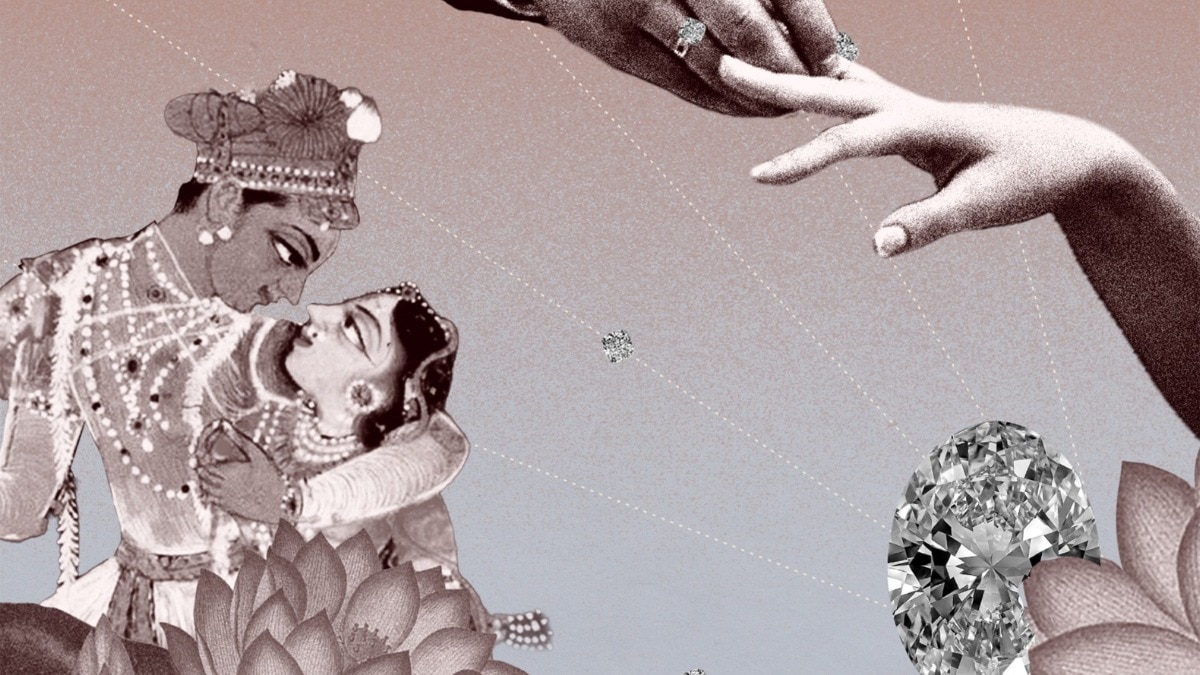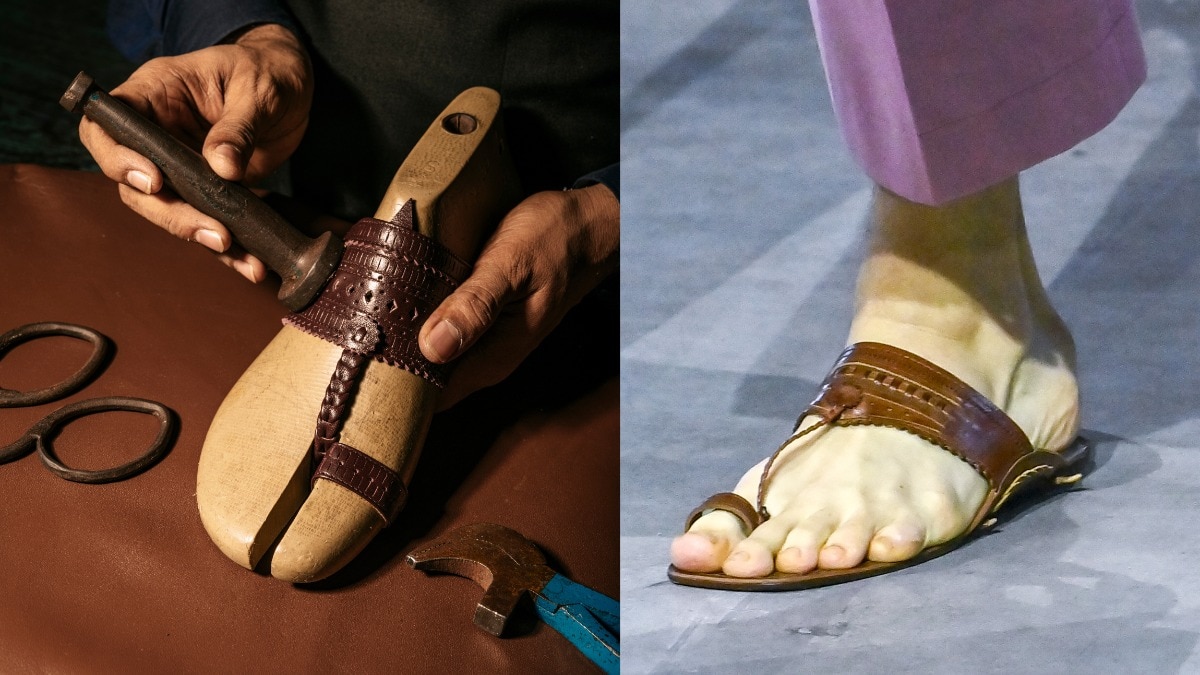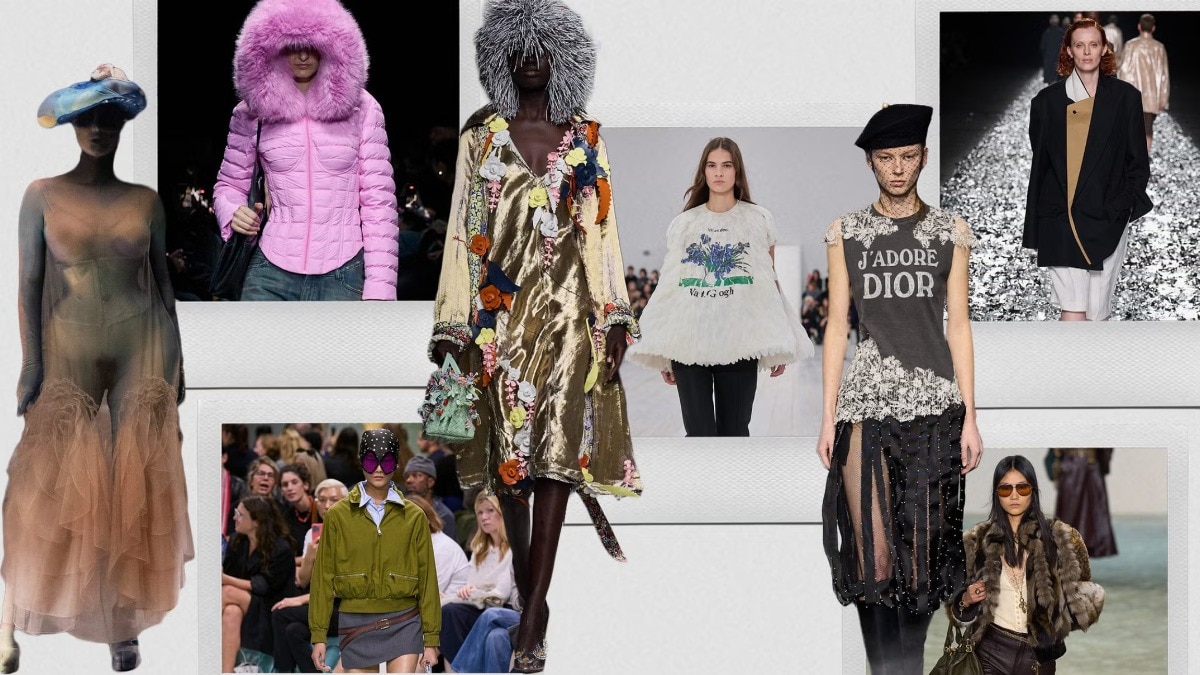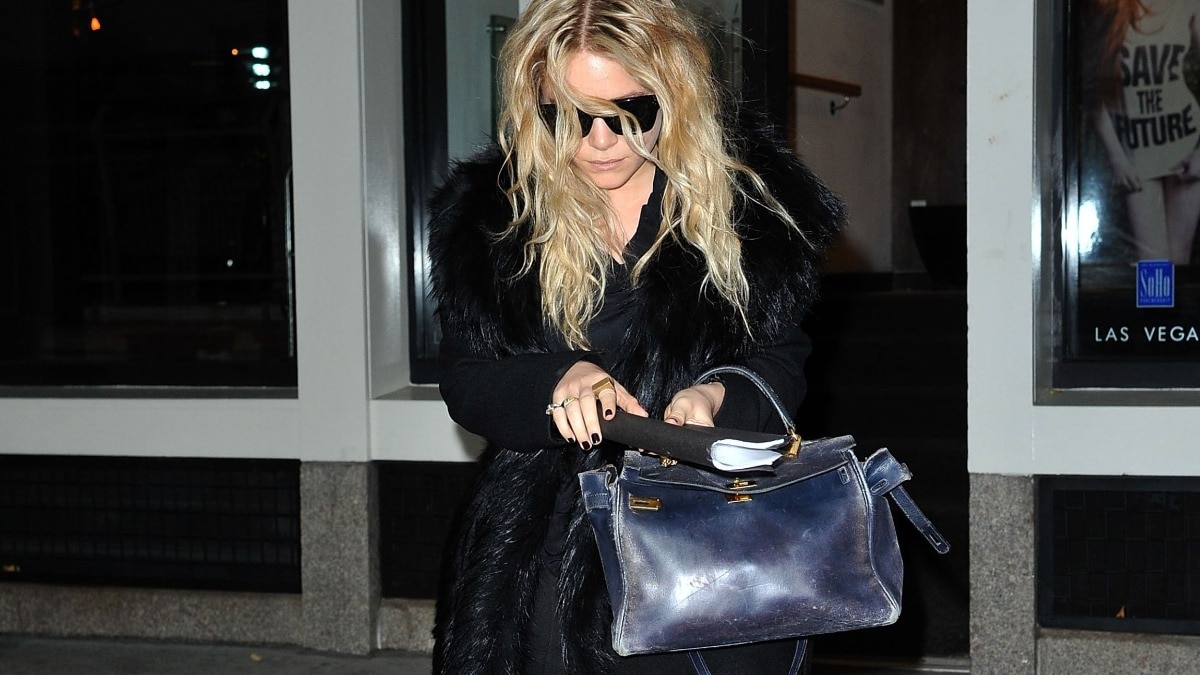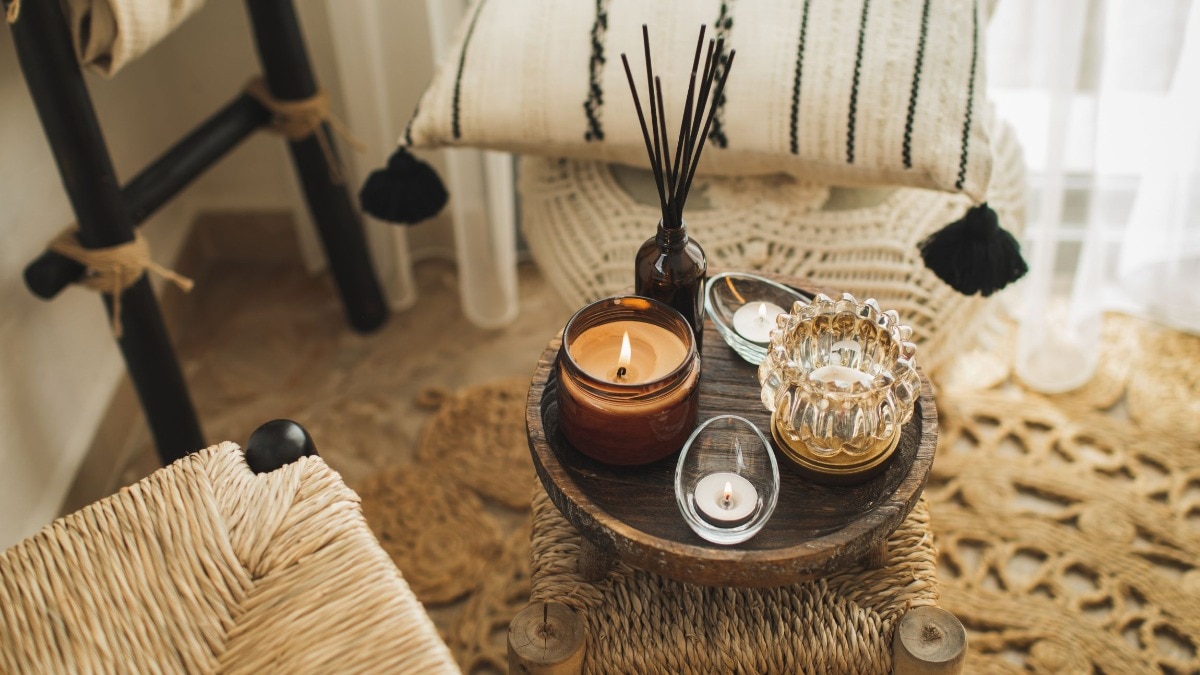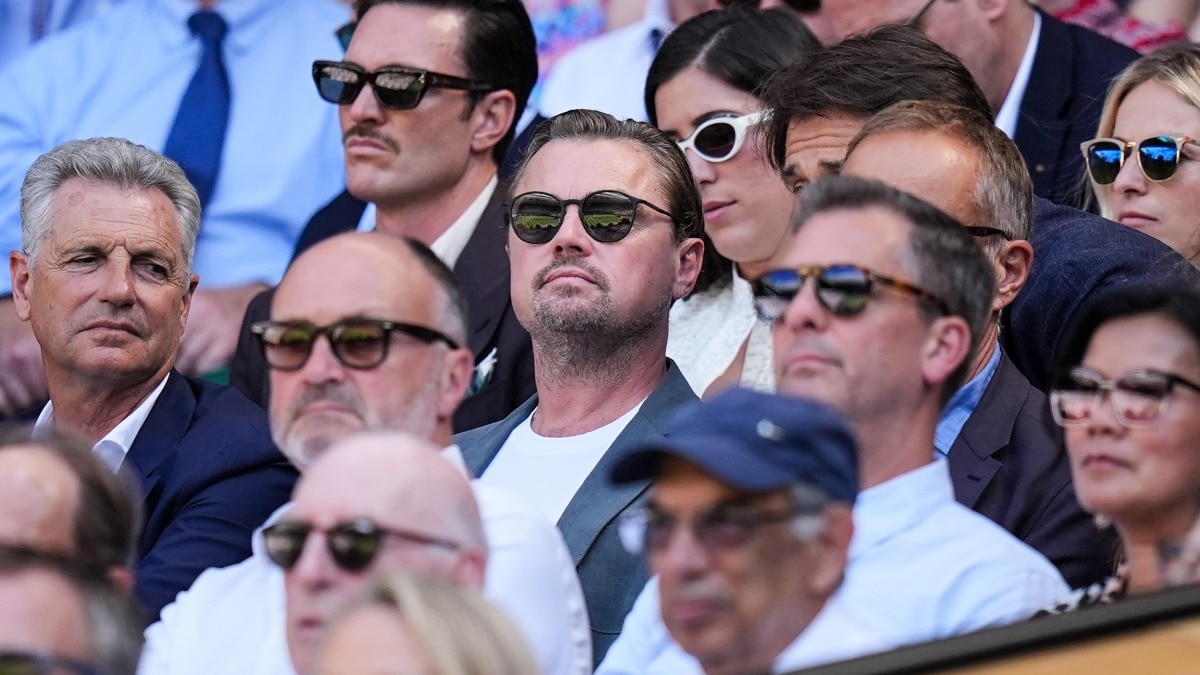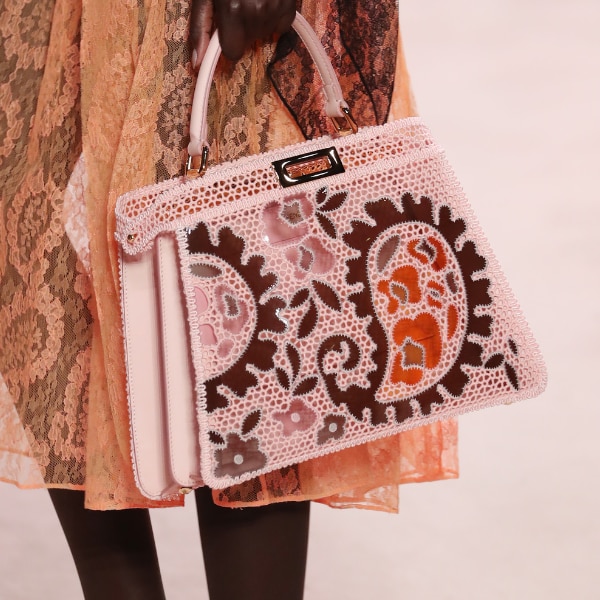
Paisley's patterned journey from Persia to pop culture
The East-born icon that conquered the West.

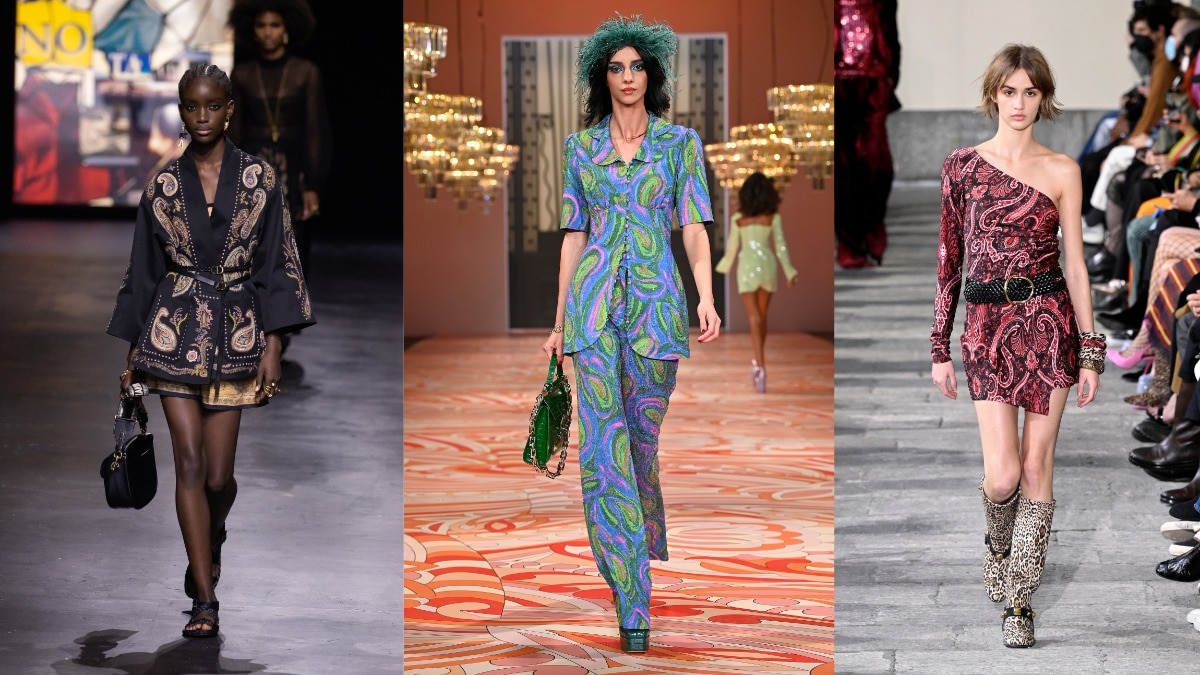
If you’ve noticed Prada’s recent pointed-toe heels that echo the silhouette of Punjabi juttis or their take on Kolhapuri-style sandals or even the rise of “global” prints that feel oddly familiar, you’re not alone. Fashion has a long, complicated history of borrowing from the East, remixing it for runways, and sending it back with a designer label.
Take paisley, for instance. Those curved teardrops and intricate vines have shown up everywhere from silk scarves and boho dresses to traditional temple textiles. But behind their hypnotic swirls lies a deeper story—of commerce, colonisation, and constant reinvention.
While the West calls it boho, in India, the motif feels more like memory. Think Banarasi sarees, Kashmiri shawls, henna patterns, and heirloom embroideries. Fashion’s fascination with paisley continues a much longer journey, one that crisscrosses Persia, Punjab, Scotland, and Soho.
What exactly is paisley?

Paisley began its journey in Persia, where it was known as boteh: a shawl-ready teardrop shape symbolising the convergence of a floral sprig and a cypress tree, which represents life and eternity. As it travelled east and merged with Indian craftsmanship, particularly in Kashmir, artisans called it buta or ambi—sometimes kalanga or kalga—suggesting its mango-like shape and rich symbolic heritage.
From Persian origins to Scottish rebranding
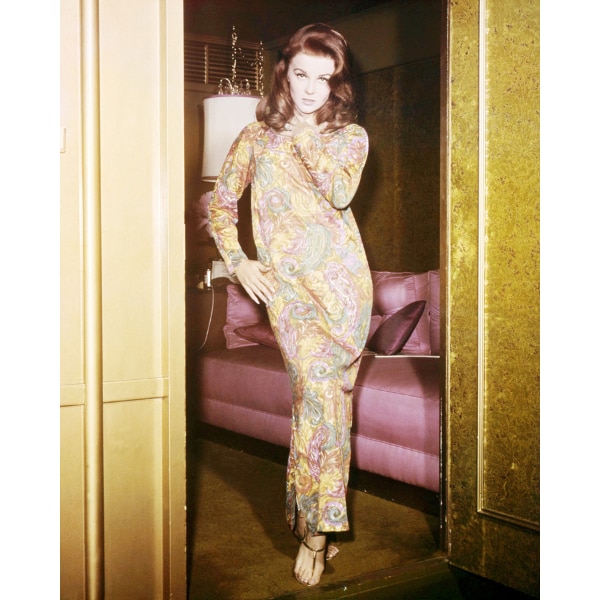
Under the Mughal courts and through the thriving Kashmir shawl trade, this motif became the signature of handwoven pashmina and shahtoosh shawls. These textiles were so exquisite that they fetched lavish sums in Europe and were worn by the aristocracy. But by the late eighteenth and early nineteenth centuries, the British textile industry co-opted (and rebranded) the motif. The Scottish town of Paisley began mass-producing mechanically woven shawls using Jacquard looms, imprinting the buta design at scale.
Though the technique and symbol originated in South Asia, Europe appropriated both the pattern and its name, defining an aesthetic while disconnecting it from its roots. The design’s cultural soul and Asian origin remained, but its identity was, ever since, Westernised.
From handlooms to high streets
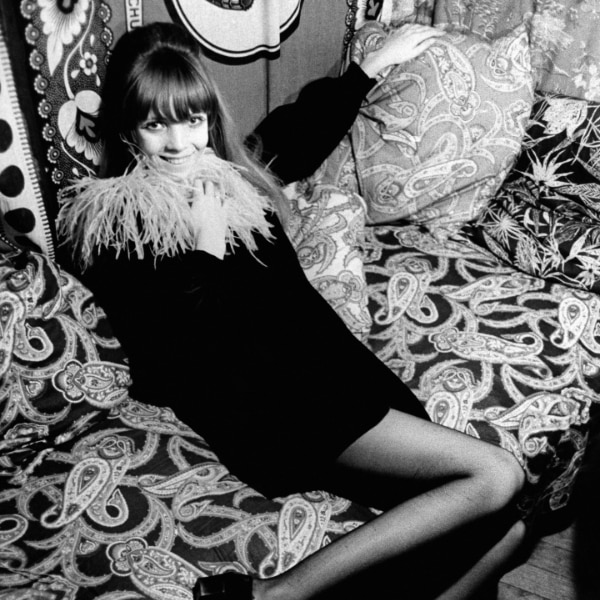
Despite its Scottish namesake, paisley has always retained an air of Eastern mystique. In India, it remains a popular choice for festive wear, hand-block printed onto cottons in Rajasthan or intricately embroidered onto Banarasi silks. You’ll spot it on sarees, dupattas, and even wedding sherwanis—a testament to its versatility and cultural resonance. Beyond fashion, the motif flourishes in carved wooden furniture, home textiles, and even temple art, embedding itself into the visual vocabulary of Indian life.
When paisley met flower power and rock ’n’ roll
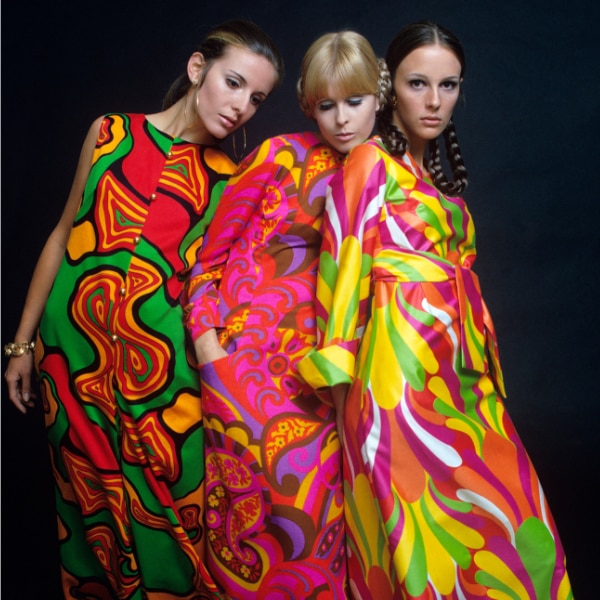
Internationally, paisley became a symbol of counterculture and individuality in the 1960s and ’70s. Think Woodstock, Janis Joplin, Jimi Hendrix in psychedelic paisley shirts, or even The Beatles, who wore paisley-printed garments during their spiritual sojourn in India. The motif became shorthand for bohemianism, free-spirited rebellion, and cultural crossover.
It was like a visual anthem for the flower power movement, splashing across everything from band posters to bell-bottoms. Embraced by the hippie movement for its Eastern roots and trippy symmetry, it also found favour with designers like Zandra Rhodes and Ossie Clark, who reimagined it in fluid silhouettes and bold prints, further cementing its place in fashion’s hall of fame. From record sleeves to stage outfits, paisley wasn't just a print; it was a philosophy, swirling with the promise of peace, love, and a little bit of rebellion.
Paisley, reimagined
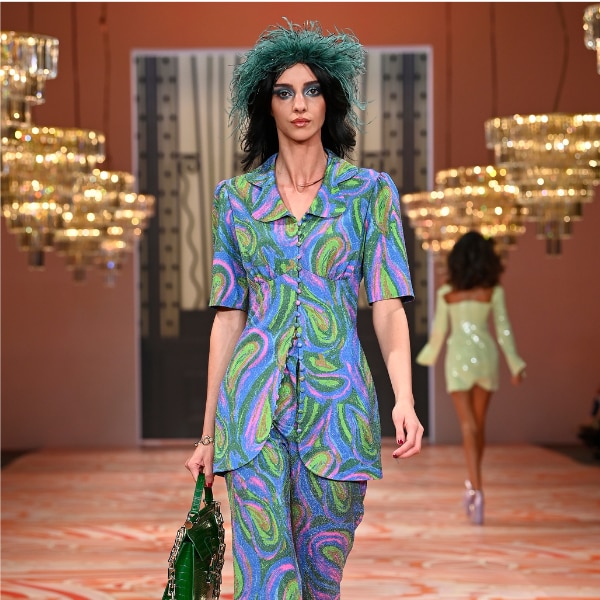
Today, the paisley print has moved far beyond its heritage references or hippie clichés. Luxury fashion houses have revived and reinterpreted it across collections, blending the traditional with the contemporary. Etro, long considered the high priest of paisley, has made it a brand signature, layering it onto suiting, accessories, and eveningwear. Dries Van Noten frequently plays with its painterly complexity, while brands like Loewe and Casablanca have reintroduced it in bold, playful formats for a new generation.
On recent runways, paisley has turned up with a fresh sense of purpose. In Fall/Winter 2024, Dior Men incorporated paisley-printed silks into tailored jackets, giving the pattern a sharper, cleaner edge. Bode's nostalgic Americana pieces have also dabbled in paisley bandana prints, nodding to the motif’s streetwear reinvention. Meanwhile, in pop culture, you’ll spot paisley on everything from Harry Styles’ suits to Rihanna’s scarves, each instance reinforcing its fashion fluidity.
Where tradition meets trend
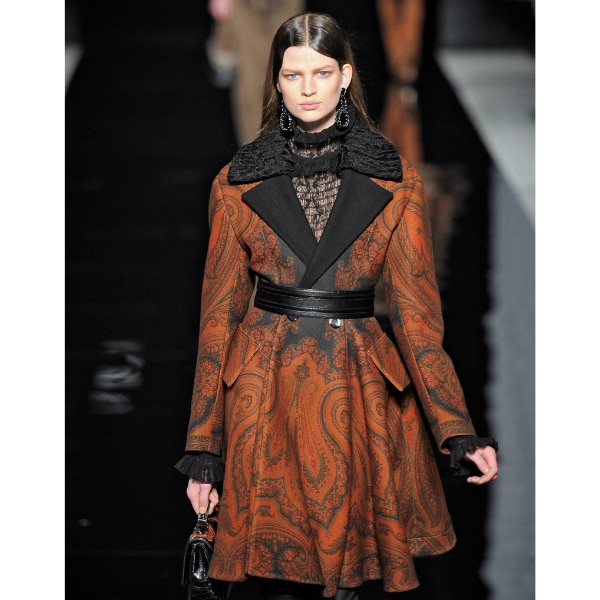
So why does paisley endure? Perhaps because it sits at the intersection of symbolism and style. It's ornate but not overwhelming, historical but not dated. It adapts with each generation, whether in rich brocades or minimalist separates, without ever losing its essence.
In a fashion landscape that often discards the old in favour of the new, paisley remains a motif that honours the past while being endlessly reinventable. Whether it's on a runway, a red carpet, or a handwoven saree in your grandmother’s closet, the paisley print continues to tell a global story.
Bazaar’s paisley picks for your shopping list
Rabanne Fringed paisley aluminum mesh maxi skirt, ₹5,04,290
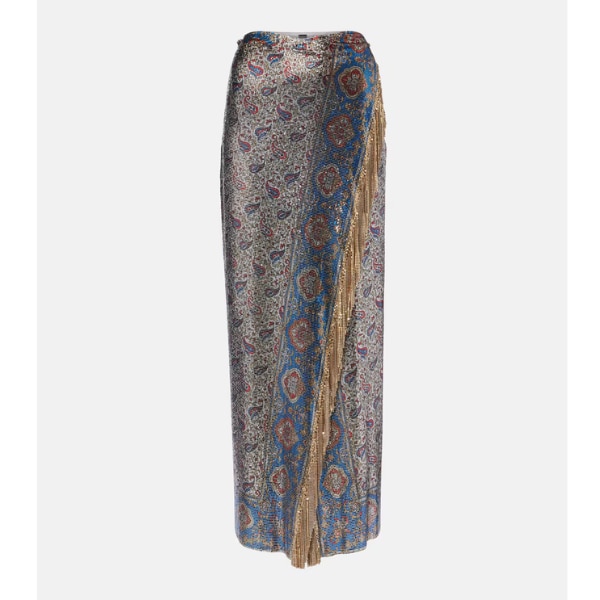
Saaksha & Kinni Multi-Colored Satin Paisley Printed Mini Dress, ₹12,000
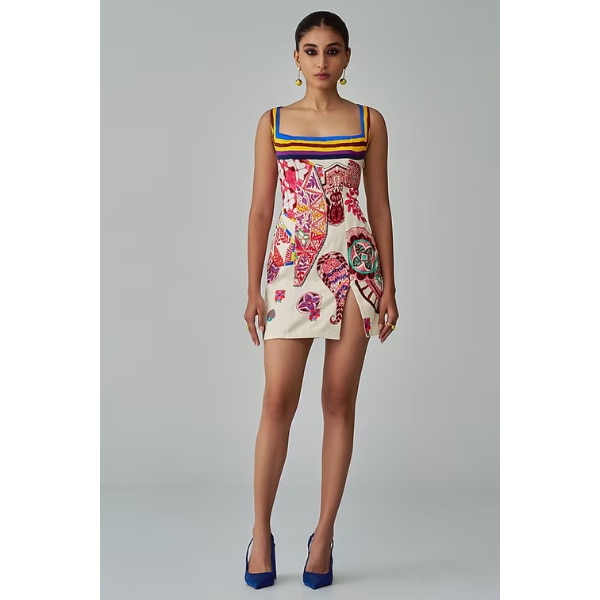
Sandro Bandana-Print Maxi A-Line Dress, ₹34,500
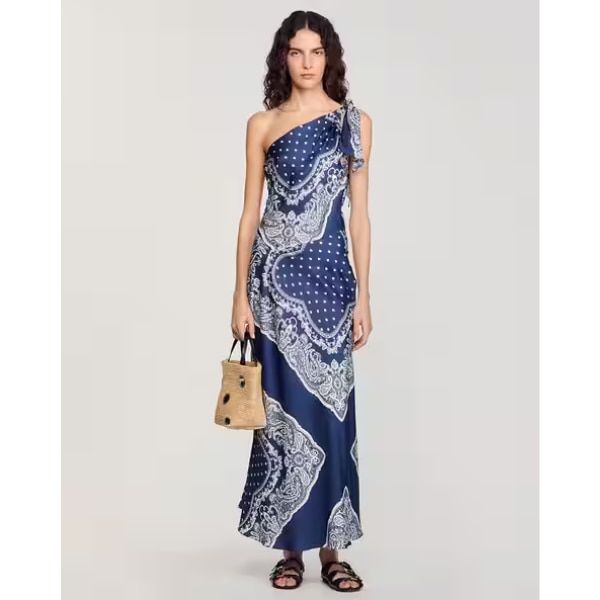
Toast Paisley Print Cotton Bandana, ₹9,094
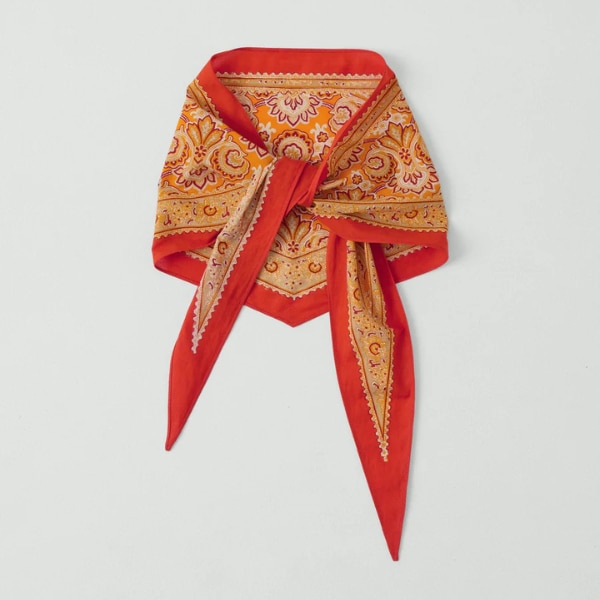
Etro Paisley high-rise flared jeans ₹41,591
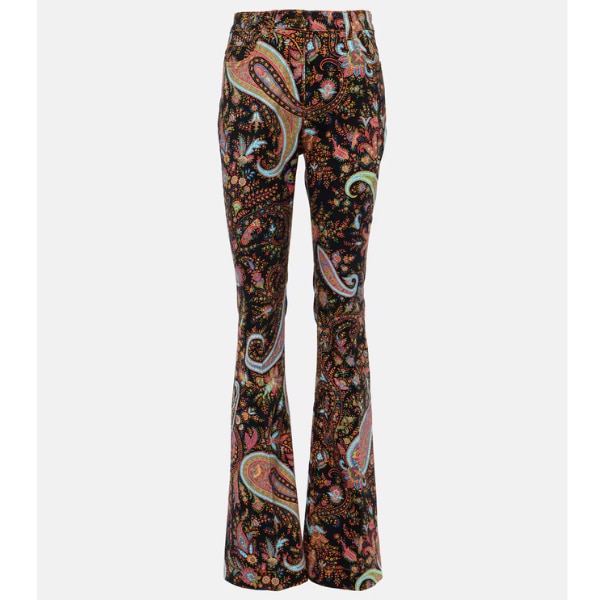
Dash & Dot Paisley Sequin Dress, ₹9,990
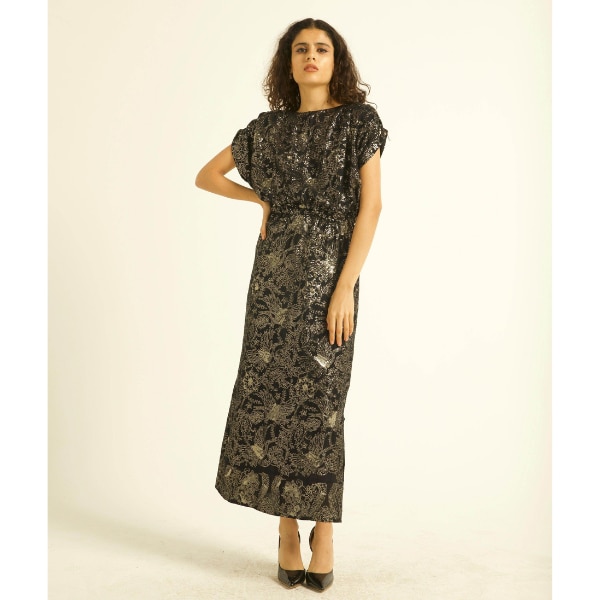
OTT Tarun Tahiliani Women Relaxed Fit Paisley Print Open-Front Jacket, ₹40,500
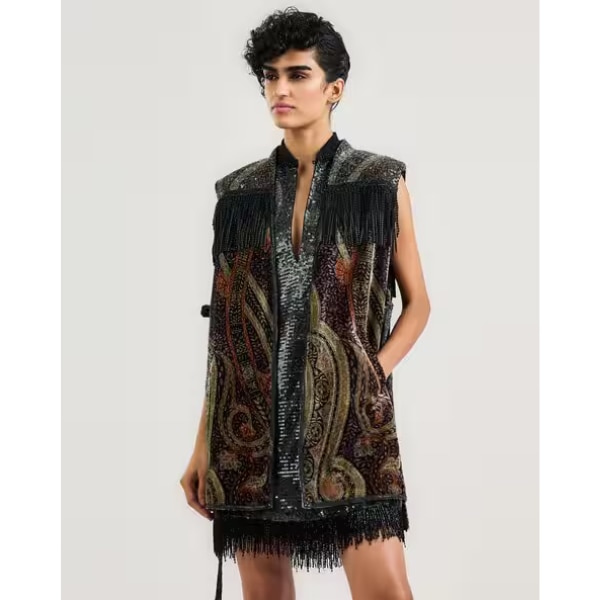
Chloé Paisley cropped jacquard jacket, ₹1,66,560 approx.
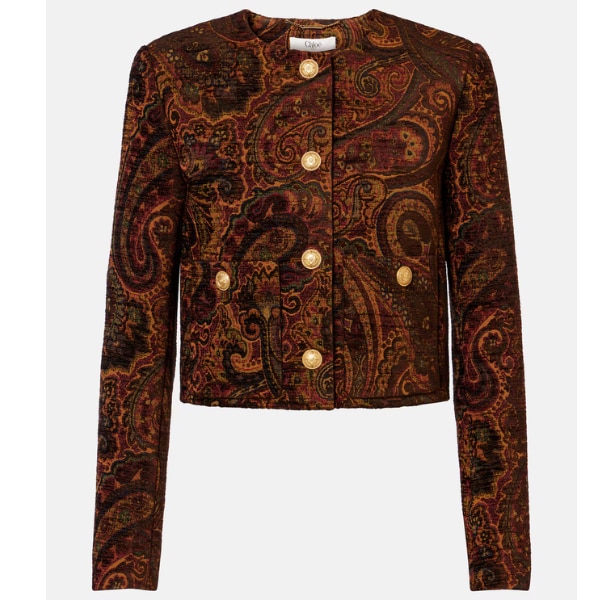
Saint Laurent Jamie silk twill shoulder bag ₹2,55,921 approx.
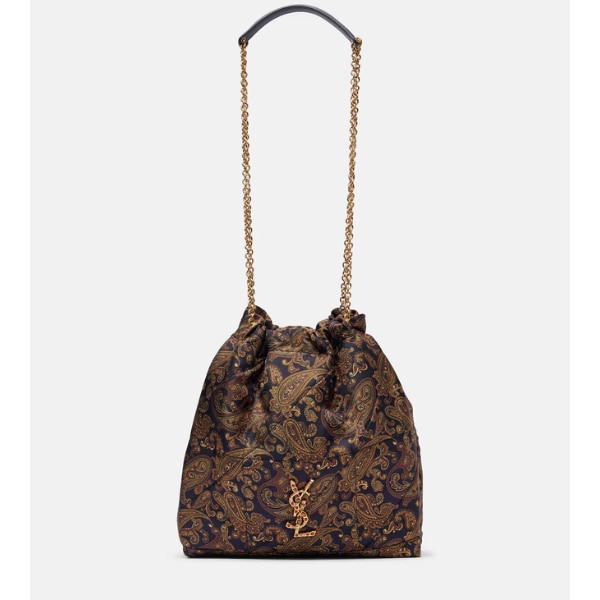
Lead image: Getty Images
Also read: The Basque waist has fashion in a corseted chokehold


